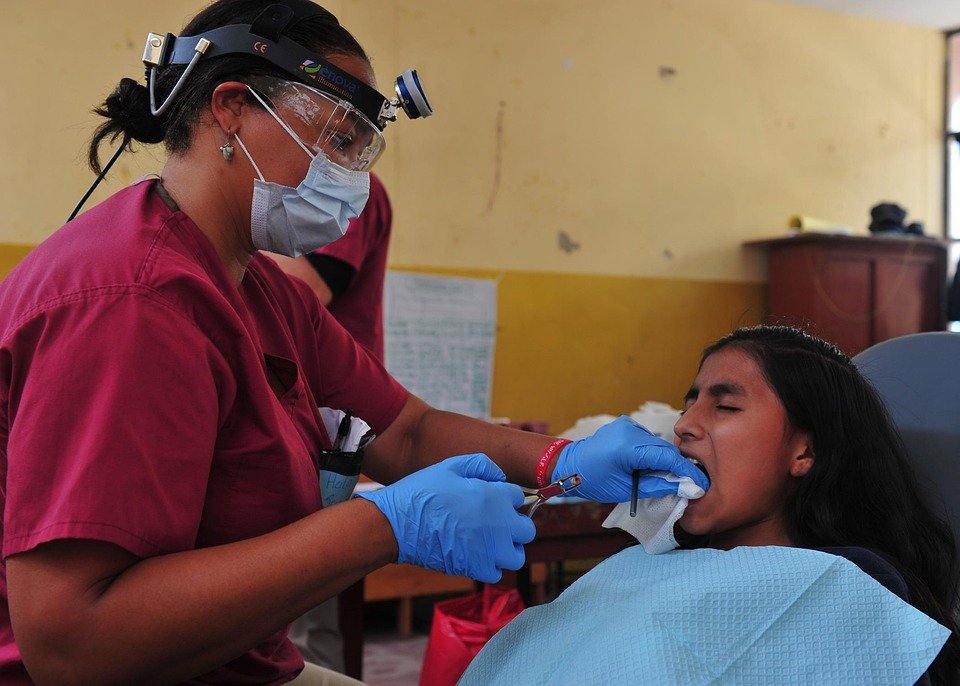How does dental photography help in forensic dentistry?
Okay, so I’m taking a forensic dentistry course and while I understand the basics of bite mark analysis and using dental records for identification, I’m still a bit fuzzy on the specific role of photography. It seems obvious that photos would be helpful, but I need more detail.
Specifically:
- What types of dental photography techniques are most useful in forensic investigations (e.g., intraoral, extraoral, close-up, etc.)?
- What are some specific examples of cases where dental photography played a crucial role in solving a crime or identifying a victim?
- How does dental photography contribute to the accuracy and reliability of forensic dental evidence, especially when presenting it in court? Is there specific protocol?
- Are there any challenges associated with using dental photography in forensic cases, such as limitations in image quality or potential for distortion?
- What kind of camera equipment are needed for good forensic dental photos?
Answer
Dental photography plays a crucial role in forensic dentistry, aiding in identification, documentation, analysis, and presentation of dental evidence in legal proceedings. It provides a visual record that can be used for comparison, consultation, and demonstrative purposes. The detailed information captured can be invaluable in solving crimes and identifying individuals.
Here’s a breakdown of how dental photography assists in forensic dentistry:
1. Identification of Human Remains:
- Documentation of Dental Characteristics: Dental photography meticulously captures the unique features of a deceased individual’s dentition. This includes details like fillings (type, location, size), crowns, bridges, implants, missing teeth, tooth position (rotations, crowding), diastemas, unusual tooth morphology (e.g., peg laterals, macrodontia), and any other distinguishing characteristics. These features serve as a dental "fingerprint."
- Ante-mortem/Post-mortem Comparison: Forensic dentists compare post-mortem dental photographs with ante-mortem dental records, including radiographs and clinical photographs, to establish positive identification. Overlays and digital comparison techniques can be used to highlight similarities and differences.
- Mass Disaster Identification: In mass disasters, where visual identification is impossible or unreliable, dental remains are often the most readily available and well-preserved means of identification. Dental photography provides a crucial visual record that can be matched with existing dental records to identify victims.
2. Bite Mark Analysis:
- Documentation of Bite Mark Evidence: Bite marks found on victims or suspects are photographed to document their characteristics. This includes the shape, size, and arrangement of the teeth involved. Multiple angles and lighting techniques are employed to capture the three-dimensional aspects of the bite mark.
- Comparison to Suspect’s Dentition: Photographs of a suspect’s dentition are taken using a standardized protocol. These photographs are then compared to the bite mark photographs to determine if there is a match. This process often involves image enhancement techniques, overlays, and digital analysis.
- Evidence Preservation: Bite mark evidence can degrade or change over time. Photography provides a permanent record of the bite mark as it appeared at the time of examination, preserving valuable evidence.
- Court Presentation: Clear and well-documented photographs of bite marks and the suspect’s dentition are crucial for presenting evidence in court. These photographs help the jury understand the comparisons and the forensic dentist’s conclusions.
3. Documentation of Dental Trauma:
- Assault Cases: In cases of assault, dental trauma such as fractured teeth, avulsed teeth, and soft tissue injuries are common. Photography documents the extent and nature of these injuries. This documentation can be used to support the victim’s testimony and to establish the severity of the assault.
- Child Abuse Cases: Dental neglect and trauma are often indicators of child abuse. Photography can document signs of neglect, such as severe caries and untreated dental disease, as well as injuries to the teeth and surrounding tissues.
- Motor Vehicle Accidents: Dental injuries are common in motor vehicle accidents. Photography can document these injuries for insurance claims and legal proceedings.
4. Age Estimation:
- Dental Development: In cases where the age of an individual is unknown (e.g., unidentified remains, immigration cases), dental development can be used to estimate age, especially in children and adolescents. Dental photography can document the stage of tooth eruption and development.
- Wear and Tear: The degree of wear and tear on teeth can be used to estimate the age of adults. Dental photography can document the extent of attrition, abrasion, and erosion.
5. Presentation of Evidence in Court:
- Visual Aids: Dental photographs serve as visual aids for presenting evidence to the jury and other legal professionals. Clear and well-labeled photographs help explain complex dental concepts and demonstrate the forensic dentist’s findings.
- Expert Testimony: Forensic dentists use photographs to support their expert testimony. The photographs provide a visual representation of the evidence and help the jury understand the basis for the expert’s opinions.
Specific Photographic Techniques Used in Forensic Dentistry:
- Standardized Photography: Forensic dental photography employs standardized techniques to ensure accuracy and comparability. This includes using standardized camera settings, lighting, and positioning.
- Scale and Orientation: A scale is included in the photographs to allow for accurate measurements. The photographs are also oriented in a consistent manner.
- Lighting Techniques: Various lighting techniques, such as oblique lighting and transillumination, are used to highlight different aspects of the dental evidence.
- Digital Image Enhancement: Digital image enhancement techniques can be used to improve the clarity and visibility of dental features. However, it is important to note that these techniques must be used responsibly and ethically.
- Macro Photography: Macro lenses are used to capture highly detailed images of dental features, such as bite marks and tooth morphology.
- UV Photography: Ultraviolet photography can be used to visualize bite marks that are not visible under normal lighting conditions.
In summary, dental photography is an indispensable tool in forensic dentistry, providing a permanent visual record of dental evidence that can be used for identification, analysis, and presentation in legal proceedings. The detailed information captured by dental photography can be crucial in solving crimes and bringing justice to victims.

Post Comment